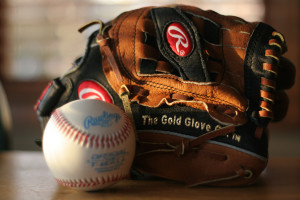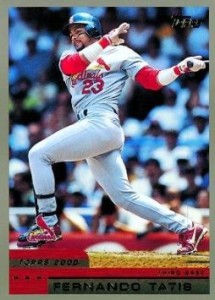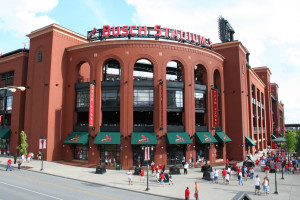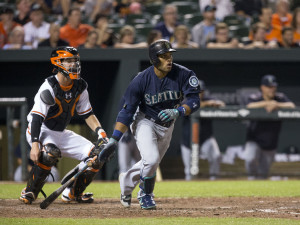SATCHEL PAIGE TAKES THE MOUND AT … 59?
Fifty years ago today (September 25, 1965), a true baseball legend did something truly legendary. Leroy “Satchel” Paige took the mound in a regular season major league game for the last time – at the (conservatively reported) age of 59.
It was the final day of the season and the Kansas City Athletics and Boston Red Sox were playing a relatively meaningless game in Kansas City. A’s owner Charles Finley decided that Paige – who had not pitched in the majors since 1953 – might be just the “ticket” to boost attendance for the final contest. (Finley had contacted Paige a few days earlier and Satchel had agreed to make an appearance – which would earn the popular Paige the title of the oldest player ever to appear in an MLB game.)
Paige had, of course made a name for himself, long before he ever made it to the big leagues. (Paige became baseball’s oldest-ever rookie in 1948 – the year after Jackie Robinson broke through MLB’s color line – signing with the Cleveland Indians and going 6-1, with a 2.47 ERA at the age of 42.)
He started his professional career with the Chattanooga Black Lookouts in the Negro Southern League in 1926 and went on to pitch for the Birmingham Black Barons, Baltimore Black Sox, Nashville Elite Giants , Cleveland Cubs, Pittsburgh Crawfords and Kansas City Monarchs – as well as in Mexico, Cuba and the Dominica Republic and with a mixed-race team in Bismarck, North Dakota. When he wasn’t pitching for those teams, he caught on with or led “barnstorming” teams – often playing against, and defeating, teams boasting some of major league baseball’s best players.
How good was Satchel Paige? Here’s what a few major league Hall of Famers had to say about him.
Joe DiMaggio called him “the best and fastest pitcher I ever faced” … and said that once he got a hit off Paige he knew he was ready for the major leagues.
Casey Stengel said “He threw the ball as far from the bat and as close to the plate as possible”
Dizzy Dean was pretty impressed as well … “My fastball looks like a change of pace alongside that little pistol bullet Satchel shoots up to the plate.”
Hack Wilson agreed with Dean’s assessment of the Paige heater, saying “It starts out like a baseball and, when it gets to the plate, it looks like a marble.”
And HOFers like Bob Feller and Ted Williams simply labeled Paige one of, if not the, greatest pitchers in the game.
How popular was Paige? He had been one of the greatest draws in the Negro Leagues and on the barnstorming circuit and his first start in Cleveland drew 72,434 fans (more than double the Indians’ average attendance of 33,598 for the season).
Between 1948 and 1953 Paige played in five MLB seasons – for the Indians and Saint Louis Browns – primarily as a relief pitcher, making the All Star team in 1952 and 1953. Although he played professionally (Negro Leagues and Minor Leagues) and returned to barnstorming after 1953, Paige did not play in another MLB game until his start for the Athletics in 1965.
And just how did that historic appearance go? Off the diamond, comically, with Paige (always the showman) spending the pre-game time in a rocking chair being attended to by a nurse. On the field, he may not have thrown as hard, but witnesses say the pinpoint control was still there. Paige pitched three scoreless innings, just 28 pitches, and gave up just one hit – a double to Carl Yastrzemski. For you trivia buffs, Yaz got the final hit off of Paige and the opposing pitcher Bill Monboquette was Paige’s final MLB strikeout victim (in the third inning).
You could fill books with Paige’s philosophical quotes. One of my favorites is “Age is a case of mind over matter. If you don’t mind, it don’t matter.” Well, fifty years ago today, age didn’t matter to Satchel Paige.
Paige took the mound – fifty-nine years young.
Then he limbered his arm – and got the job done.
Yaz may have doubled, but no one else did much.
As Ol’ Satch proved to them all that he still had the touch.
I tweet baseball @DavidBBRT.
Member: Society for American Baseball Research; The Baseball Reliquary; Baseball Bloggers Alliance.













